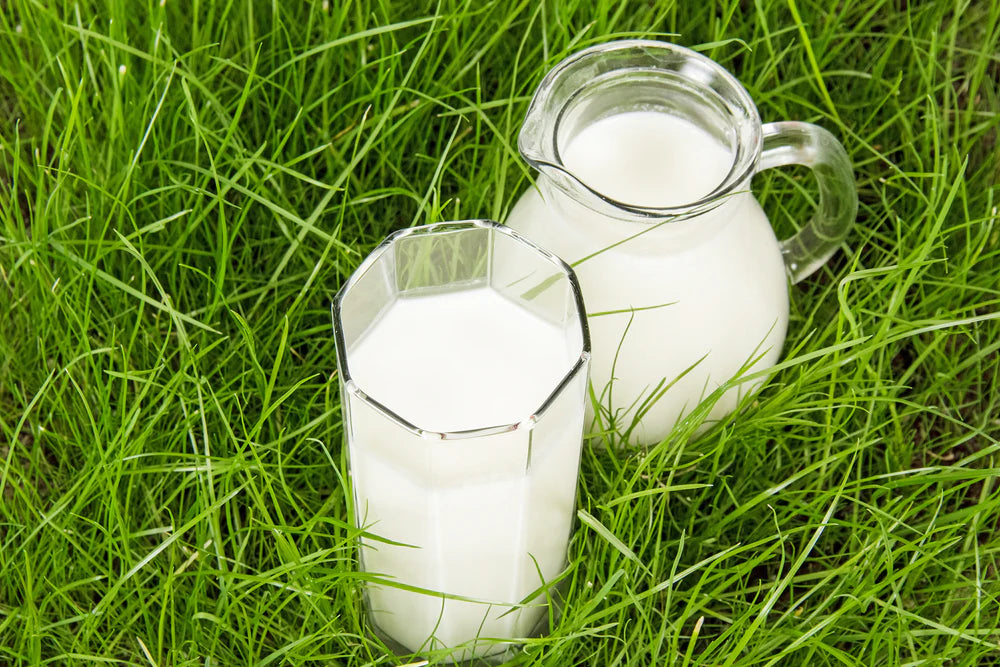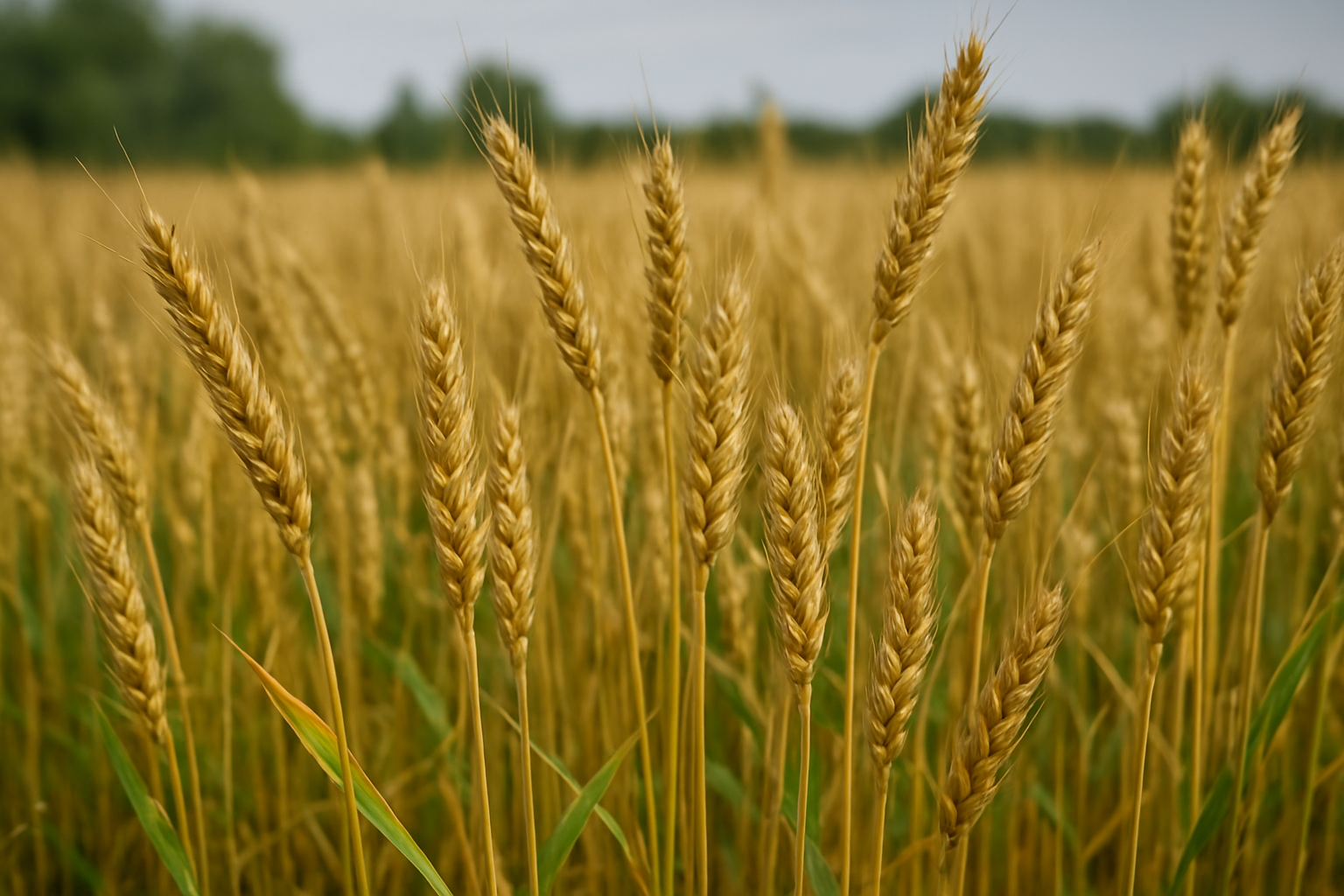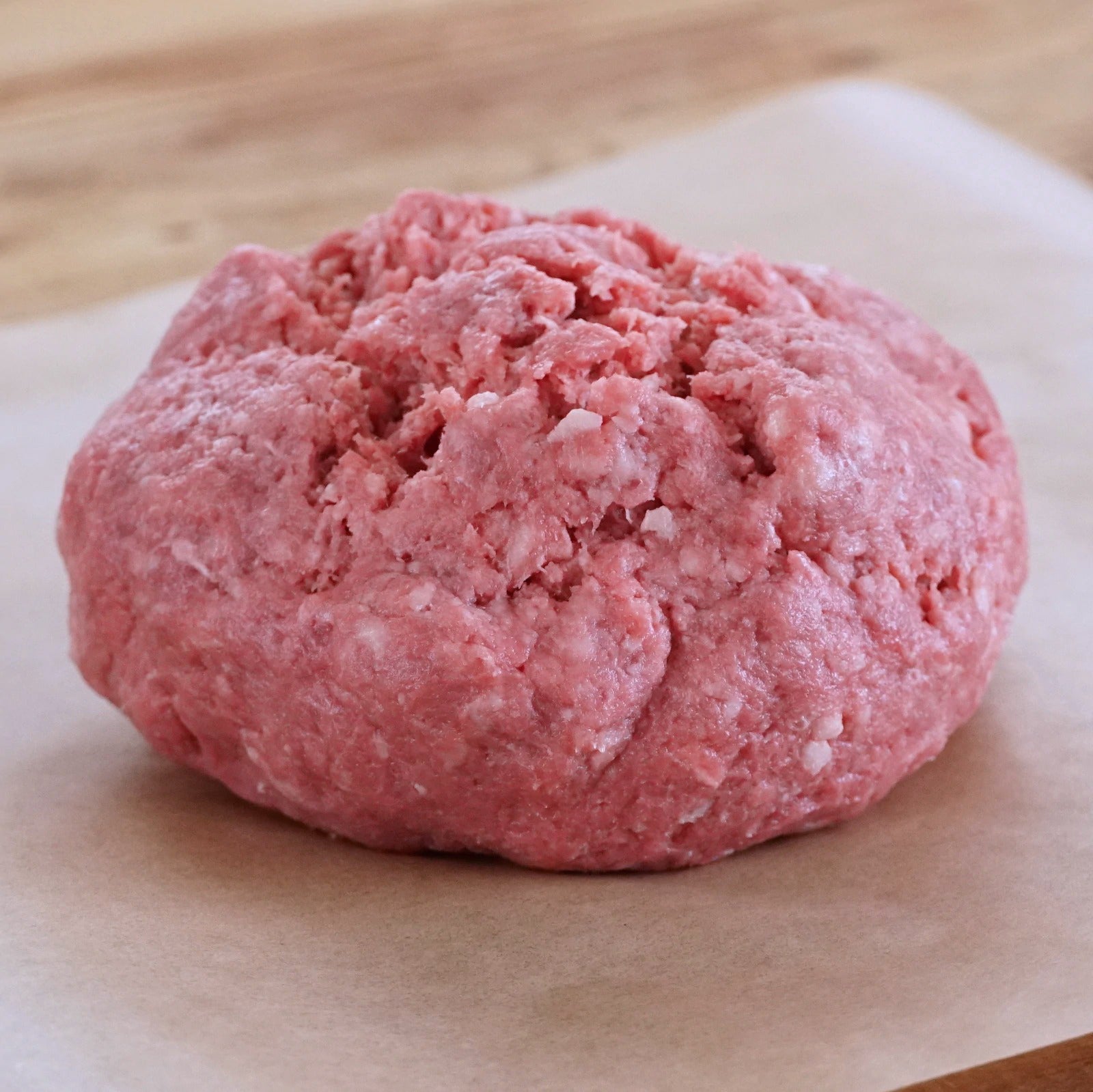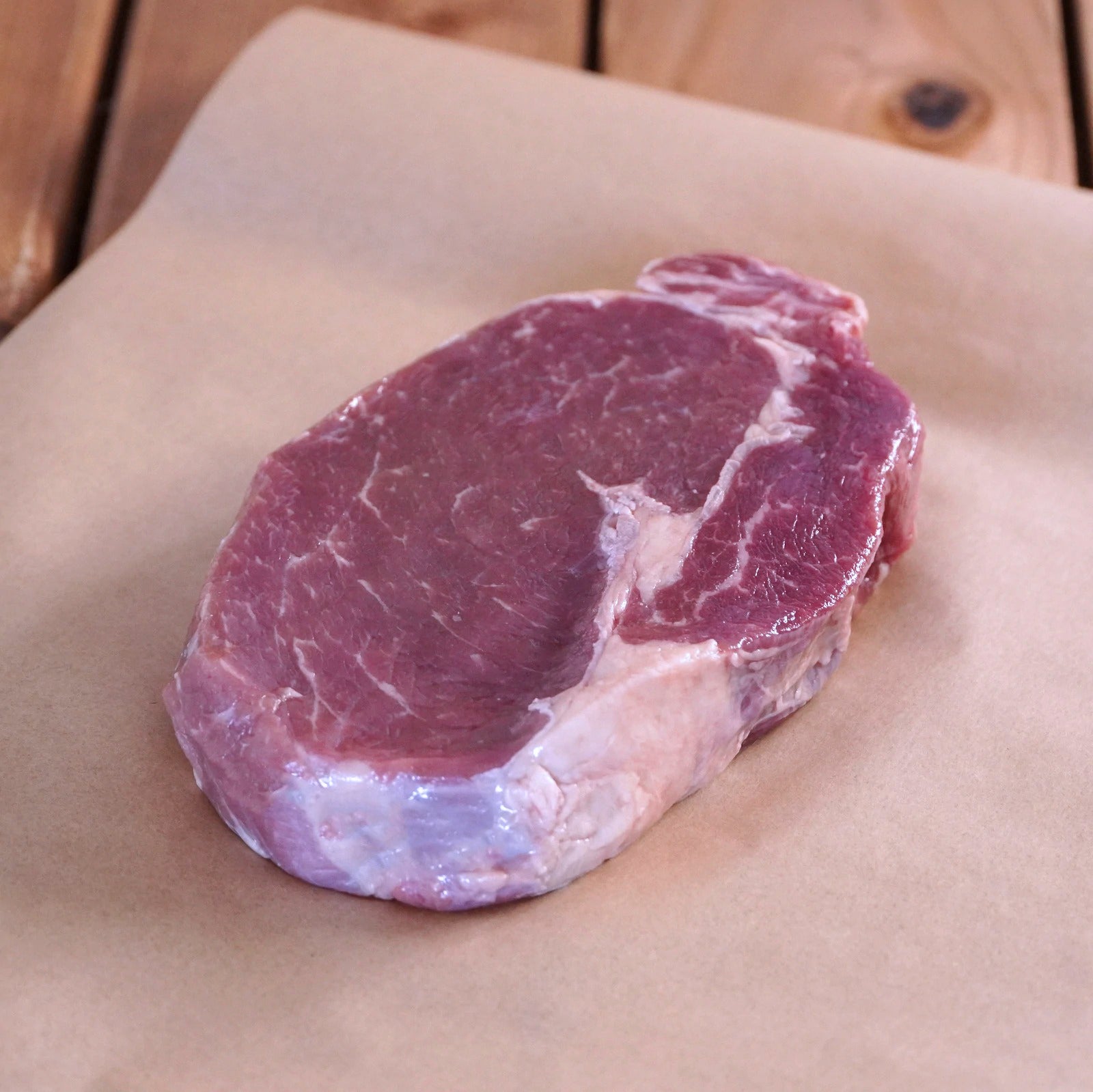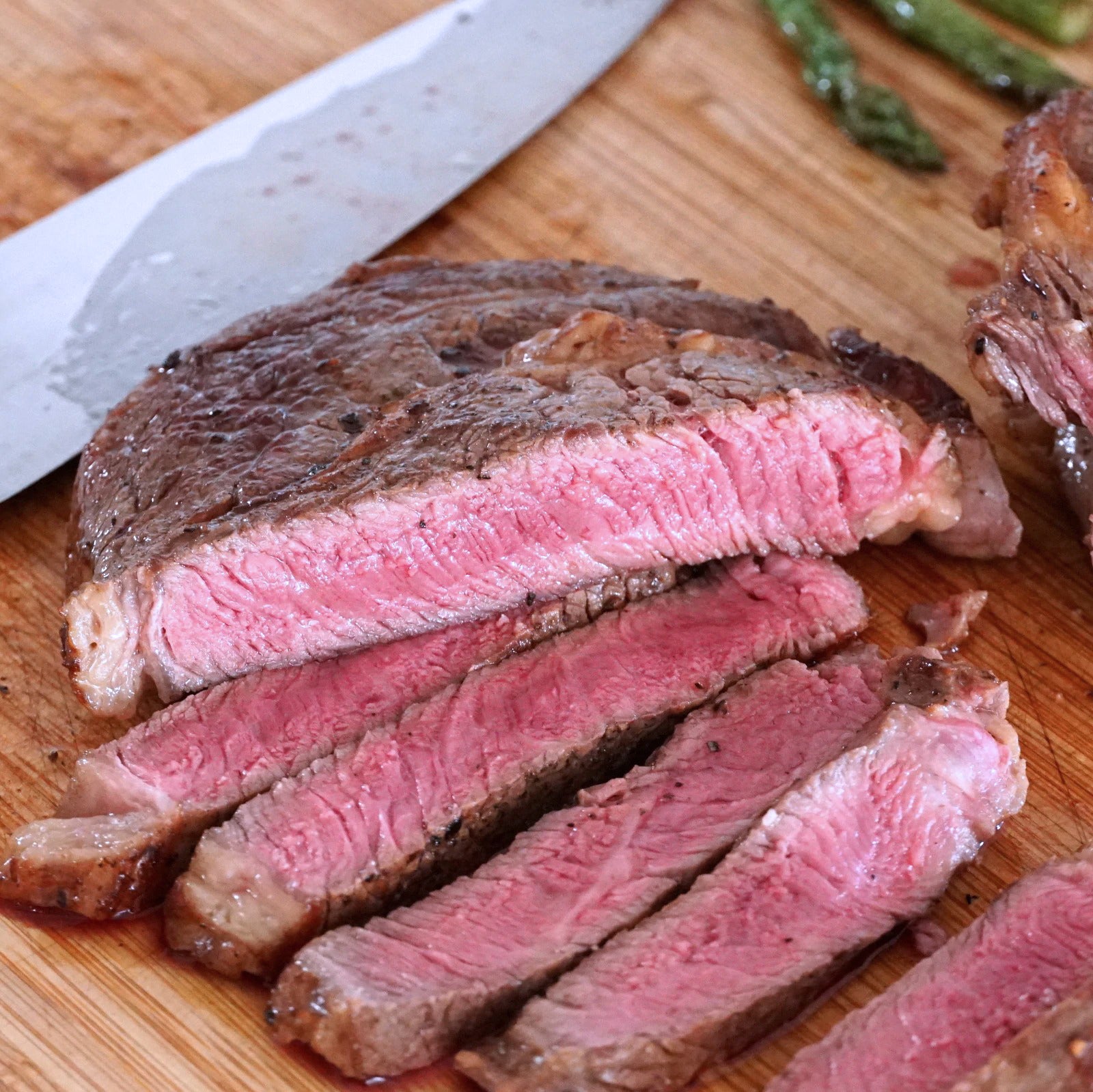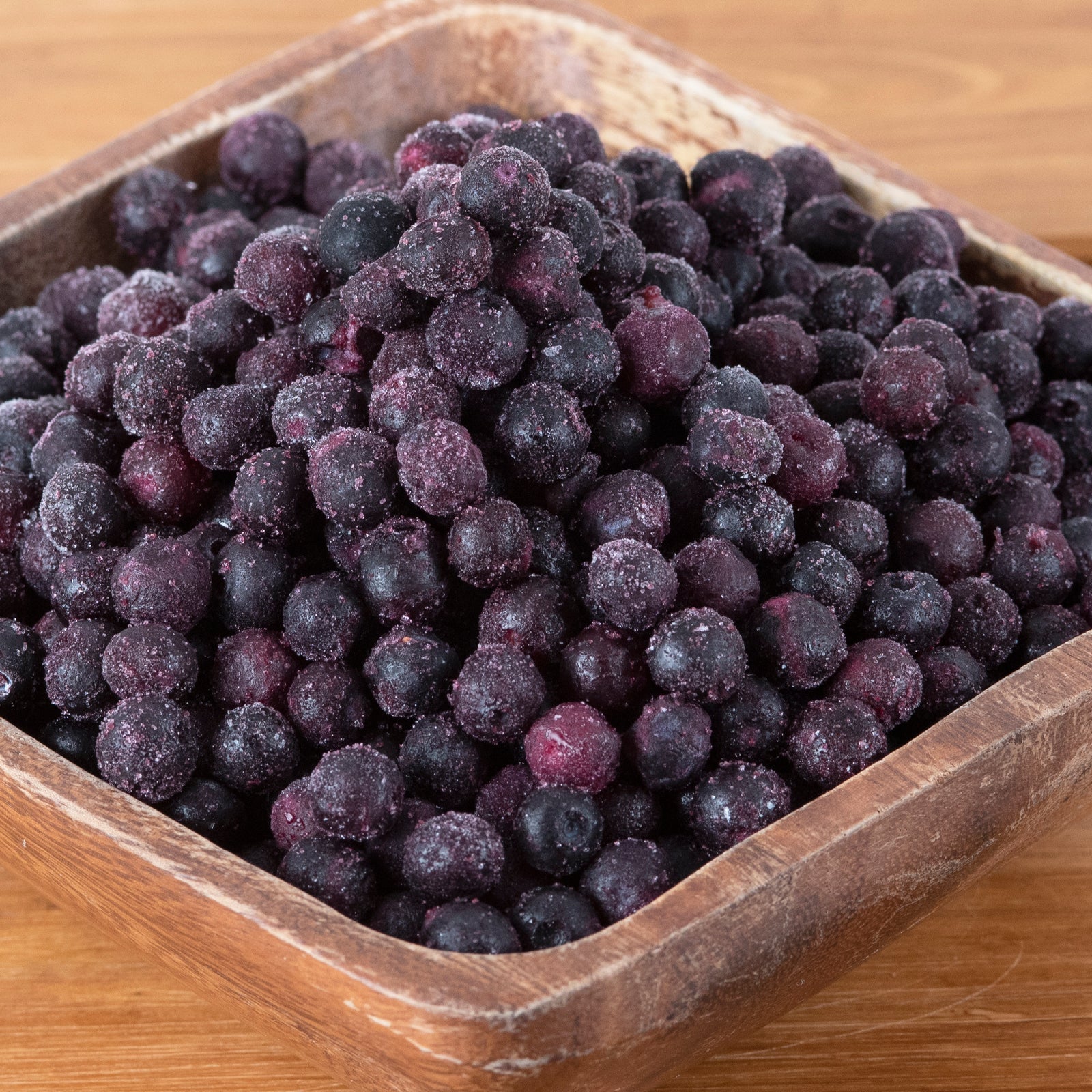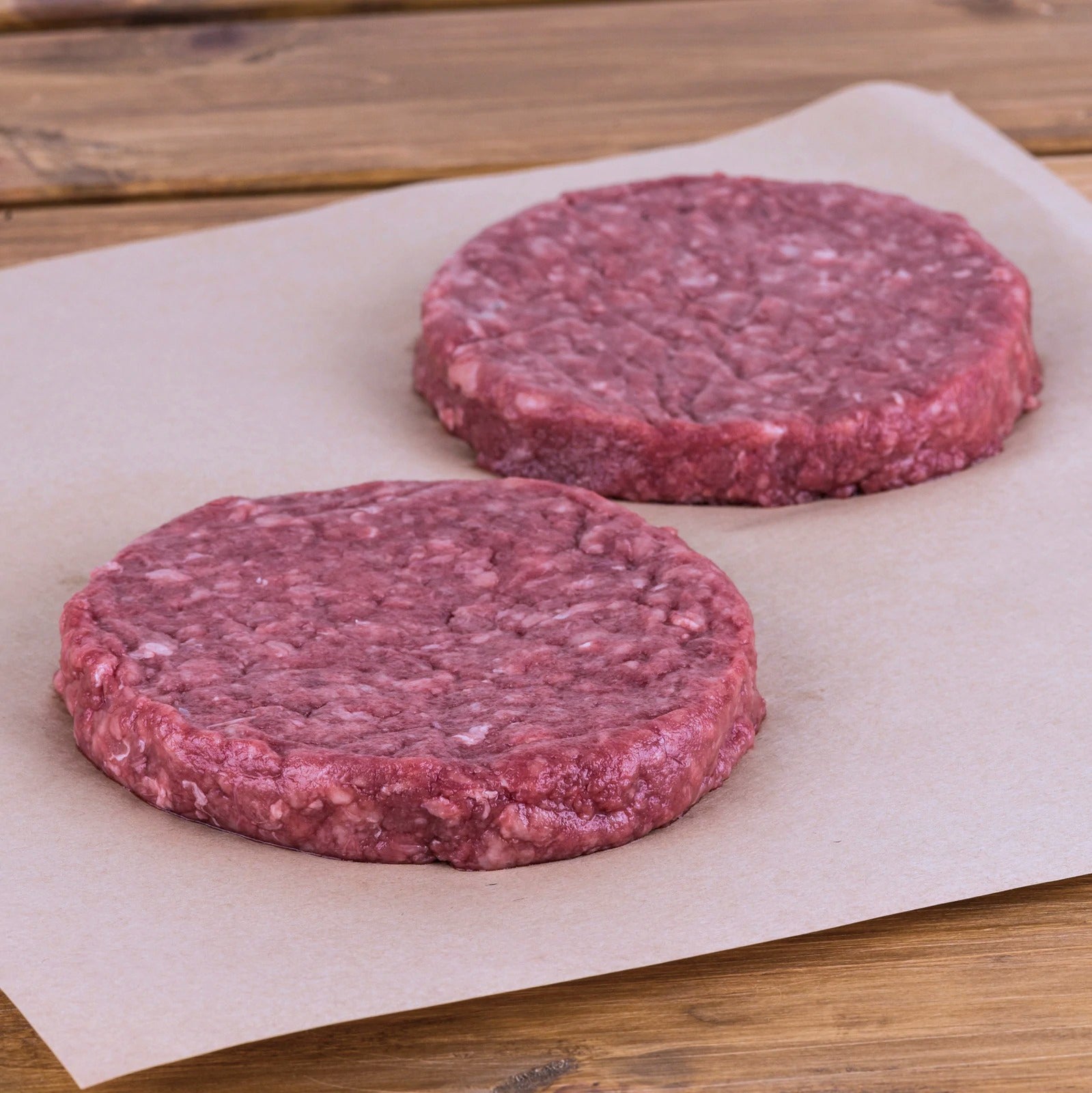What Is Grass-Fed Milk?
As the name suggests, grass-fed milk is the milk that comes from cows who have grown up on and continue to live on an all-grass diet.
It may seem obvious that these herbivores grow up on a diet of grass, but in the livestock industry, not all cows are raised this way. In order to accelerate animal growth and increase productivity, many farms feed their cattle corn, soybeans, and other grains.
Differences from Regular Milk
The difference in the kinds of milk stems from the animals’ food and environment. Grass-fed cows solely feed on the grass and legumes that grow wild in their pastures. They walk all over their pastures in order to find the food that they need to live and grow, and consequently get a good amount of exercise. They grow up at the natural pace a cow should grow, with low body fat and lean meat.
On the other hand, grain-fed cows that eat corn, soy, and other prepared feed, are usually given their food in a small barn. Among other concerns with this method, one of the largest is the amount of genetically modified organisms (GMOs) that are used in the feed. GMOs not only raise questions of ecological issues, but also issues of safety. Beyond that, these grains are often loaded with antibiotics, growth hormones, and additives too. If these things are in the cows, we certainly need to consider that they are in the milk we drink as well.
Nutritional Value
As usual for milk, the grass-fed variety is abundant in both protein and calcium. However, it is also uniquely rich in beta-carotene, vitamins D & E, and mineral numbers that are a cut above regular milk.
One more point we should touch on is the abundance of unsaturated fatty acids.
Fats, carbohydrates, and protein are often referred to as the three macronutrients. While excessive consumption of fats can contribute to obesity, some amount is essential to maintain a healthy lifestyle.
Fats can be split into two groups: saturated and unsaturated. Saturated fat is the kind that has been linked to obesity and blockage of arteries when intake is too high. Unsaturated fats, however, are reported to prevent those same health issues. They also contain components that have been scientifically proven to maintain healthy skin and alleviate allergy symptoms.
Often found in fish or produce, these unsaturated fats are also found in abundance in the grass that makes up the diet of the cows who produce grass-fed milk.
Difference in Flavor
The taste of grass-fed milk also has some differences from regular milk. Both varieties have a certain richness to them, but grass-fed milk leaves a more refreshing feeling in your mouth afterwards thanks to the unsaturated fatty acids. These fatty acids melt on your tongue quickly, whereas the saturated fatty acids of regular milk tend to linger. If you’re someone who doesn’t like the coating that regular milk leaves in your mouth, grass-fed milk might be more suited to your tastes.
The aroma of milk from these all-grass-fed cows should also provide your senses with a bit more freshness. In particular, if the milk was squeezed in the summer when the cows are eating the fresh green grass, the strength of the freshness will be stronger than if it was squeezed in the winter months when they are eating dry grass or hay.
Nutrients in Depth
As state above, grass-fed milk is rich in protein, calcium, vitamins D & E, beta-carotene, and unsaturated fatty acids.
Protein: a foundational element that is essential in our blood, skin, and muscles
Calcium & Vitamin D: vital components in forming and maintaining strong bones
Vitamin E: works as an antioxidant to prevent our bodies from breaking down, prevents blood clots and artery blockage, lowers bad cholesterol, regulates blood pressure, and maintains healthy cell membranes. It has been called the “Fountain of Youth Vitamin.”
Beta-carotene: similar to Vitamin E as an antioxidant that prevents arterial blocks, but its special feature is that the body turns it into Vitamin A. Vitamin A’s function is to maintain the health of eyes, skin, and mucous membranes.
Unsaturated fats: prevent arterial blockage, maintain healthy skin, and alleviate allergy symptoms
Potential Health Benefits
Now that we’ve seen the specific things that give grass-fed milk its nutritional value, here are some things we can expect from drinking it.
With not only skin-restoring protein, but also vitamins and fatty acids that maintain the skin, we can expect a cleaner, healthier complexion. The unsaturated fatty acids will also accelerate cell renewal.
One of the proteins in grass-fed milk contains the indispensable amino acid known as tryptophan, which assists in getting high-quality sleep. Quality sleep requires the secretion of melatonin, and tryptophan generates the serotonin that is the precursor to melatonin. This is a unique health benefit of milk.
On the mental health side, we can rest easy knowing that the milk is safe and clean and that it comes from cows living in open pastures on farms that emphasize animal welfare.
Where to Get Your Hands on Grass-Fed Milk
Honestly, there aren’t a whole lot of places where you can buy grass-fed milk currently. Department stores, big supermarkets, and health foods stores sometimes have it, but probably the best and most convenient way to find it is online.
At Horizon Farms, we sell powder-type grass-fed milk. When you want to drink it, it’s there ready to be made instantly, but it also boasts a shelf life of several months.
For those who’d like to try it, please click here to visit our grass-fed milk page (skim milk available here).
Conclusion – Is Grass-Fed Better Than Regular Milk?
Grass-fed milk comes fresh squeezed from cows that have grown their whole lives eating the natural grass on their farms. Their all-natural, stress-free environment shines through the ample nutrients that are present in their milk. The safety and the peace of mind certainly make grass-fed milk the more appealing choice for those who want better health results from their milk.
The grass-fed milk we sell at Horizon Farms is guaranteed free of preventative antibiotics and growth hormones, and we make sure that the livestock our products come from are free-range too. Please try some for yourself and taste the difference.
Disclaimer: Please note that while our explanations are correct, they are simplified for shortness and understanding. We encourage you to do further research on the topic.



